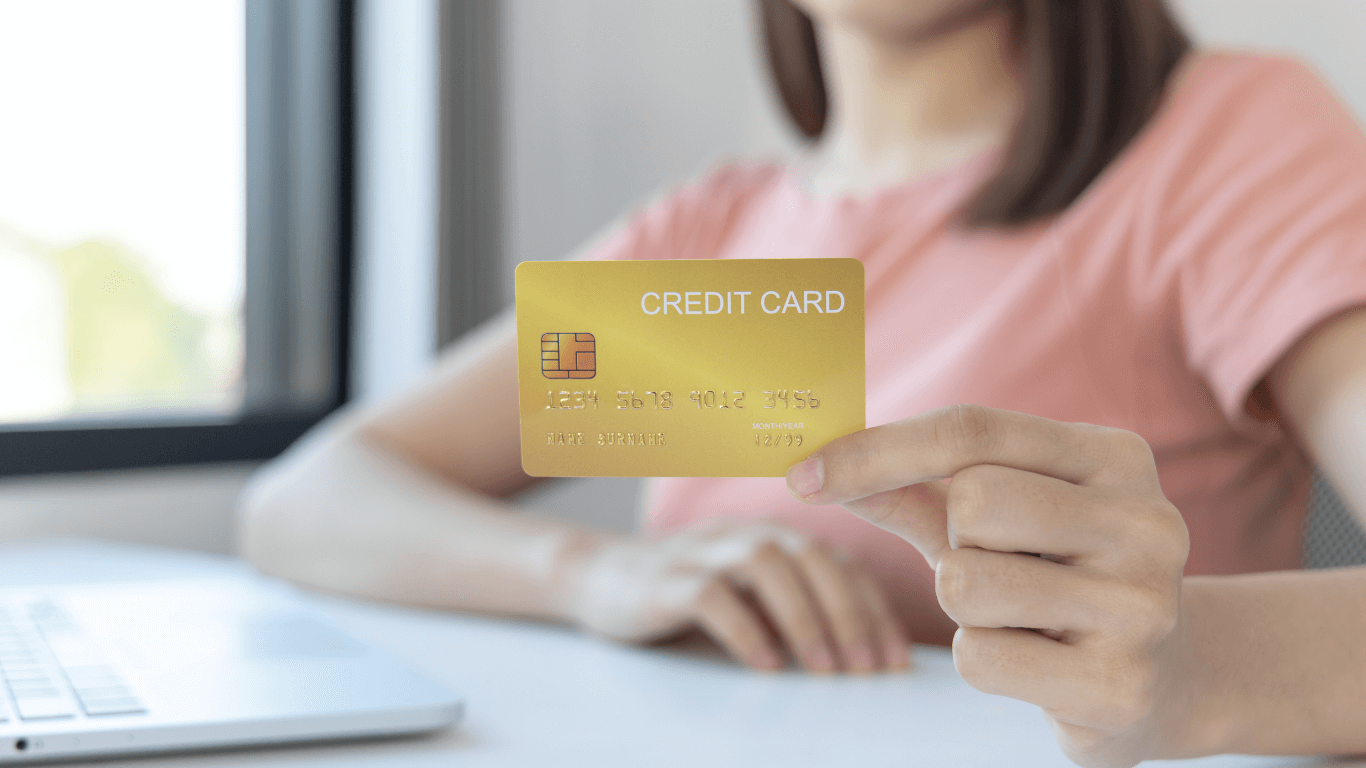If you’re just getting started building a credit history or if you’re trying to rebuild after some financial problems, a secured credit card is a good first step. This type of card is secured by money you deposit to secure what you borrow. You may need to use a secured credit card for six months to a year or more before you’ll be considered for unsecured credit, but make sure you’re taking the right steps during that time. Here’s how to transition out of a secured credit card.
Be Responsible with the Secured Card
Before you’ll be considered for an unsecured card, you’ll need to build a history of handling credit responsibly. The first thing you need to do is make sure the creditor reports the secured account to the major credit bureaus, or it won’t help you to build a good credit history.
Make one or two purchases a month and pay them back promptly. The best way to build good credit is to pay back everything you borrow the same month. If you need a few months to make payments, make sure you always pay on time. Also, avoid using more than 30 percent of your available credit.
The Path to Unsecured Credit
Some issuers of secured credit cards have a clear path to transitioning to an unsecured account. It may be based on a specified period of time, or they may contact you to let you know that you’re now approved for an unsecured account. They may raise the limit on the secured card without requiring you to deposit additional funds.
Applying for Another Card
If the issuer of the secured card doesn’t automatically offer you a chance to have an unsecured card after a year or more, feel free to contact them to find out if upgrading to an unsecured account is an option with them. If not, apply for an unsecured card through another company. You may want to close the secured credit line and get your security deposit back. Once you have an unsecured card, continue to make payments on time and watch your spending.
Your Credit Report
Your credit report is like a sort of report card that lets potential lenders know how well you’re doing handling credit. It’s not only important to take care of your credit, but it’s also important to check your credit reports to make sure that what’s being reported is accurate. Consumers sometimes find errors on their credit reports such as late payments that are inaccurate, wrong balances, wrong personal information, and sometimes even find accounts on their credit report that they don’t recognize.
If you’ve had credit problems in the past, make sure negative marks are removed when they are supposed to be removed. Late payments and collections accounts should be removed after 7 years, and bankruptcies should be removed after 10 years.
Disputing Errors
Dispute any errors you find on your credit report right away. Dovly is an AI credit engine that can help you with this process so that you don’t have to worry about it. Try it risk-free with our free membership tier. Contact Dovly today.



